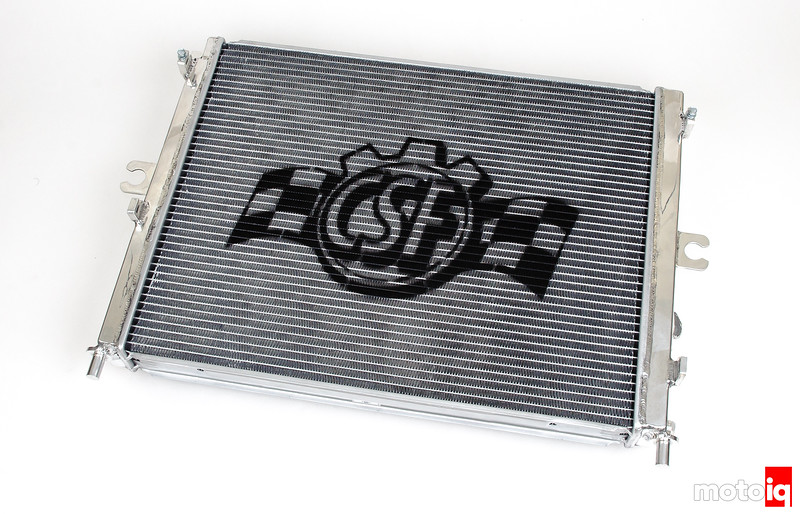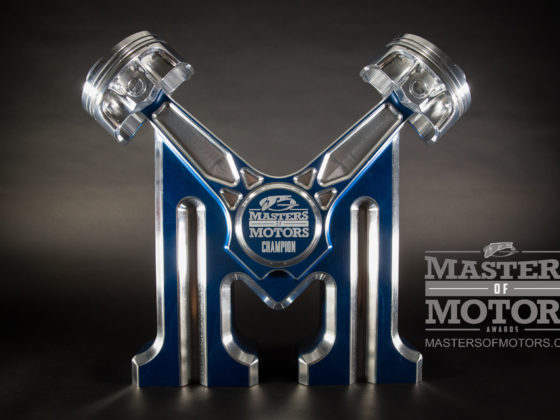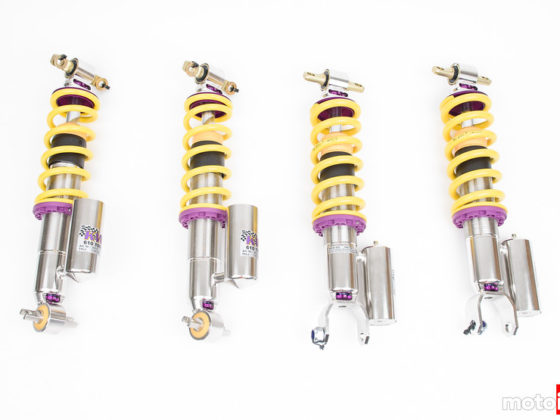We filled our coolant system with PEAK OET Asian Vehicle Extended Life Blue its pre-mixed and has a service life of 5 years or 150,000 miles. Some people online speculate this is the same fluid that Nissan uses at the dealership. There was almost no price difference between either the Peak or the Nissan fluid so we chose the Peak due to convenience. Finally we added a couple of radiator and coolant overflow hoses from Z1 Motorsports to finish off our cooling system upgrade.

We wanted to get a read on what the temps were before we upgrade our transmission and monitor temps to prevent damage down the road. The factory ECU keeps track of this data in the automatic cars and puts the car into a limp mode when the transmission fluid experiences excessive temperatures. We’ve never pushed the car that hard, but have been told the car gets put into a higher gear and RPM’s are fixed at 3,500 when in limp mode. Unfortunately there’s no way to tap into this factory signal for transmission temps unless you have a Nissan scan tool. To get a reading for transmission temps we contacted Autometer and got a temperature gauge and sending unit to hook up to the hot side of the transmission fluid loop.

We specifically used the 2-1/16″ transmission temperature gauge (Part #5658) from their Elite series. Autometer’s Elite series of gauges are a step above when it comes to features. The lighting mode is customizable offering 6 different colors, but the gauge also changes colors based on temperature. When cold the gauge glows green. As you cross to full operating temp the gauge glows white and finally red when you’ve exceeded 220 degrees. Of course these limits can all be changed and the lighting can be dimmed right at the gauge negating the need to tap into your factory dimmer switch. The Autometer Elite gauge also comes pre-wired to control a switched ground output to active an ignition kill, a set of fans or warning lights. There is also a data logging option available, along with a peak recall function.

We wanted some readings of the stock transmission, but without some track time available it was hard to get any readings past 210 degrees during a normal commute. But as it turns out all we needed to do was find some stop and go traffic – more on that in a bit.





8 comments
As somebody who used to be a Nissan tech that had to diagnose a G37X with the sport package added, leading an article with a radiator pic doesn’t confuse me in the slightest 😛
That being said, my Snap-On Modis Ultra can read the factory trans temp datastream faster than it takes for the OEM Nissan CONSULT3+ scantool to even manage to connect to the the ECU and allow you to choose which PID data to display on it, but I daresay that sending unit is a damned sight cheaper than a Modis Ultra. Kind of surprised UpRev doesn’t have any means of reading PID data via a connected PC?
When I asked Up-Rev about it they said the data for the transmission temps was encrypted but I assume all the data is encrypted but then you have to find what’s what and map the values. UpRev does have the oil temp because in part 2 when we had the car on the dyno it was going up pretty high 😀 before we had to stop tuning to let the temps drop. It seems the car needs all sorts of help in the cooling department if your doing anything beyond a normal commute and occasional stoplight or freeway onramp blast.
Be prepared to replace that radiator in 2 years. Koyo was supposed to be the go to but they don’t offer an ac condenser.
http://www.the370z.com/engine-drivetrain/70708-radiator-csf-mishimoto-17.html
We find CSF radiators to be high quality and long life.
Can only speak from our experiences, but our 370Z Project had the CSF radiator/condenser combo for a year and a half without a single issue. It was then outfitted with the CSF triple-pass radiator and that has been on the car since 2014 – also with zero issues. Here are the links to those articles:
https://motoiq.com/project-nissan-370z-keeping-it-cool-with-a-csf-radiator-hps-hoses-and-a-nissan-motorsports-oil-cooler/
https://motoiq.com/project-370z-heated-battle-testing-the-csf-triple-pass-radiator/
To measure the volume difference between the radiators, you could have plugged one end of each radiator, filled it up with water(measured) and compared.
Of course you cannot plug one end/side until full are you will not be able to fill it.🤔